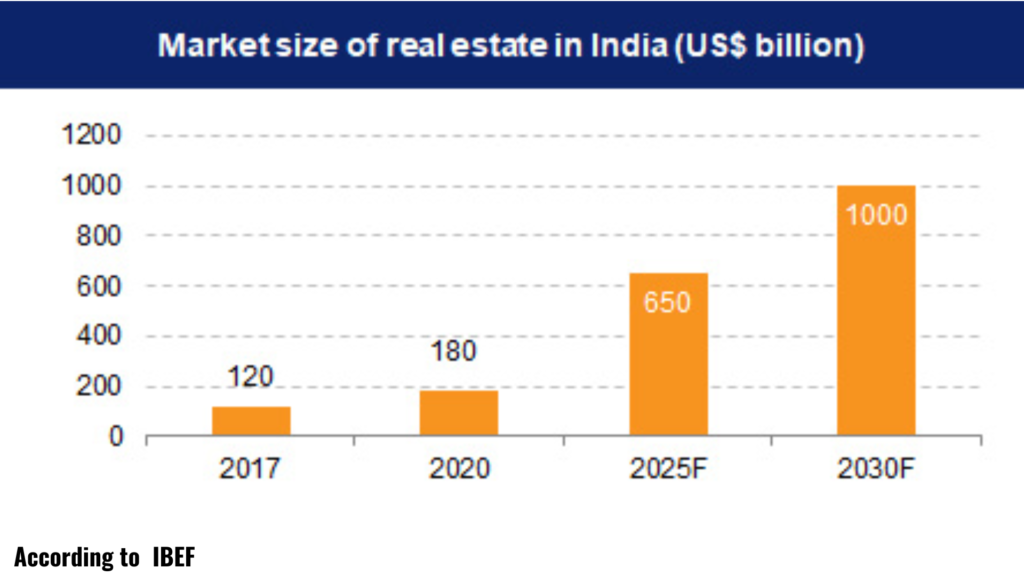Archives
Categories
India's Infrastructure: A Landscape of Growth and Challenges
India’s infrastructure sector stands as a cornerstone in the nation’s economic and social advancement, serving as the bedrock for the movement of goods and people, provision of utilities, and the overall stimulation of growth. This professional examination of the sector sheds light on its pivotal role, supported by pertinent facts and figures.
The Engine of Growth:
- Contribution to GDP: According to the India Brand Equity Foundation (IBEF), the infrastructure sector contributes approximately 9% to India’s GDP, underscoring its fundamental importance to the national economy.
- Investment Magnet: Valued at nearly ₹9 trillion in FY 2019, the construction sector, a linchpin in infrastructure development, has been a magnet for significant foreign direct investments (FDI) [According to Invest India].
- Employment Generation: The sector emerges as a critical source of employment, with millions directly and indirectly engaged in construction, transportation, and associated activities.
Key Infrastructure Segments:
Transportation:
- Roads: India boasts the second-largest road network globally, spanning over 6.3 million kilometres [According to IBEF].
- Railways: The Indian Railways network, ranking as the third largest globally, annually carries over 1 billion metric tons of freight and facilitates 8 billion passengers [According to Statista].
Power:
- India’s installed power generation capacity ranks as the fifth largest globally, with ongoing endeavours to expand renewable energy sources [According to IBEF].
Telecommunication:
- The nation witnesses a rapid surge in internet and mobile phone penetration, with over 1.2 billion mobile phone subscribers and 830 million internet users [According to IBEF].
Challenges and Opportunities:
While India has made significant strides in infrastructure development, challenges persist:
- Meeting Growing Demand: Synchronizing with the escalating demand for infrastructure due to population growth and urbanization is imperative.
- Funding Gap: Addressing the chasm between required investments and available resources is vital for sustained development.
- Sustainability Concerns: The integration of sustainable practices into infrastructure projects is pivotal for environmental preservation and long-term viability.

Government Initiatives:
The Indian government has introduced several initiatives to tackle these challenges:
- National Infrastructure Pipeline (NIP): This ambitious plan aims to invest in over 7,000 infrastructure projects with a total value of ₹111 lakh crore by 2025 [According to IBEF].
- Smart Cities Mission: This program is focused on developing technology-driven solutions for urban infrastructure and governance.
- Focus on Renewables: The government is actively promoting renewable energy sources such as solar and wind power to ensure sustainable development.
India’s infrastructure sector paints a compelling tableau of growth and potential. With persistent government efforts, increased private sector participation, and a steadfast commitment to sustainability, the nation is poised to construct a resilient infrastructure that not only fuels economic prosperity but also enhances the quality of life for its citizens.
